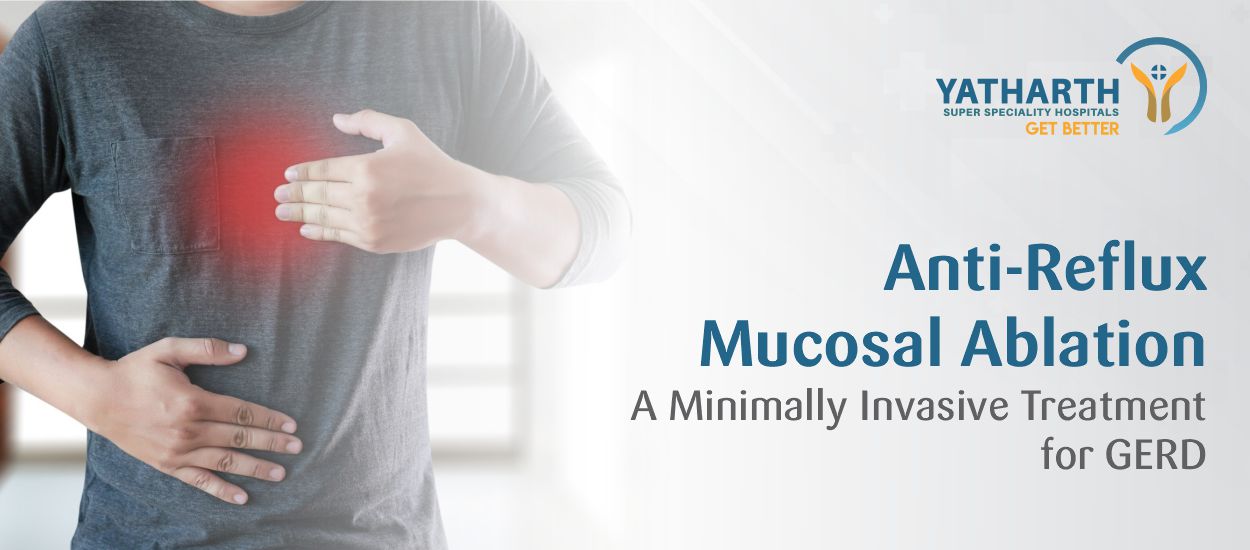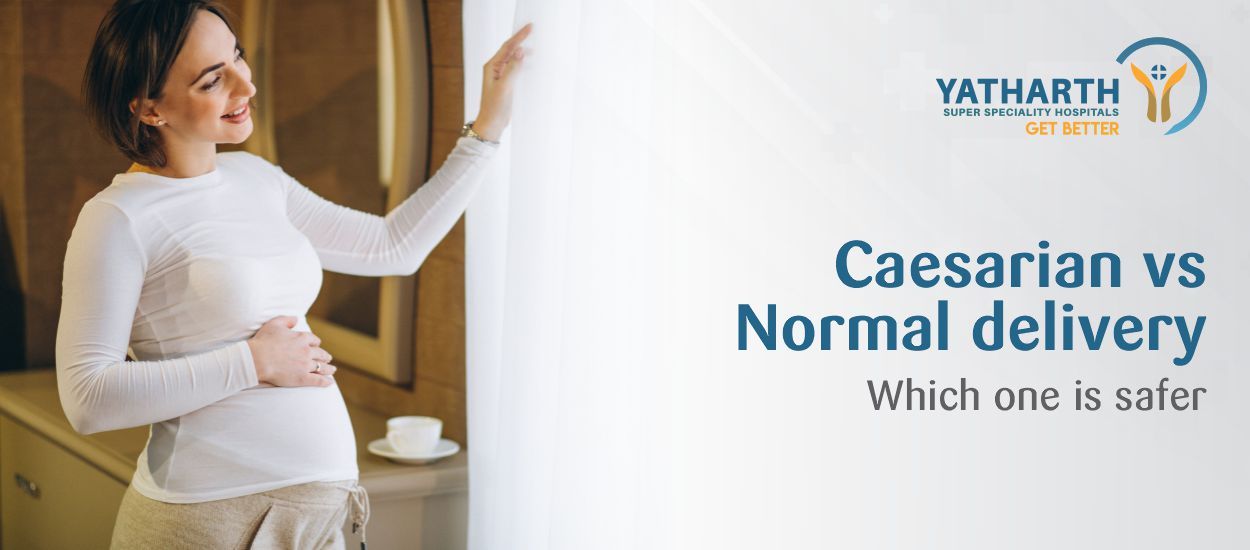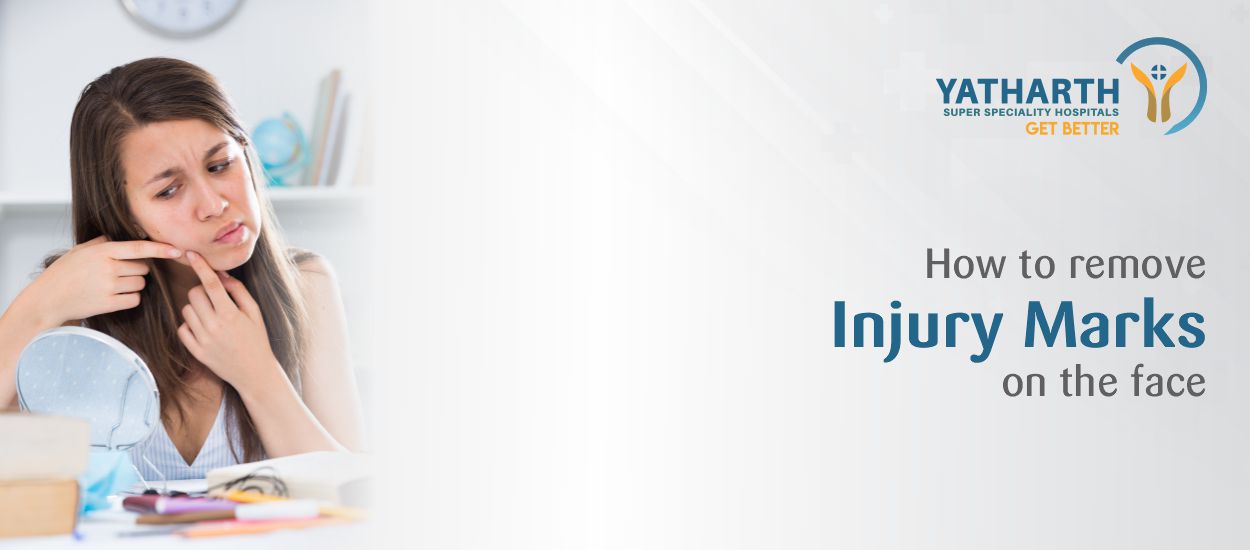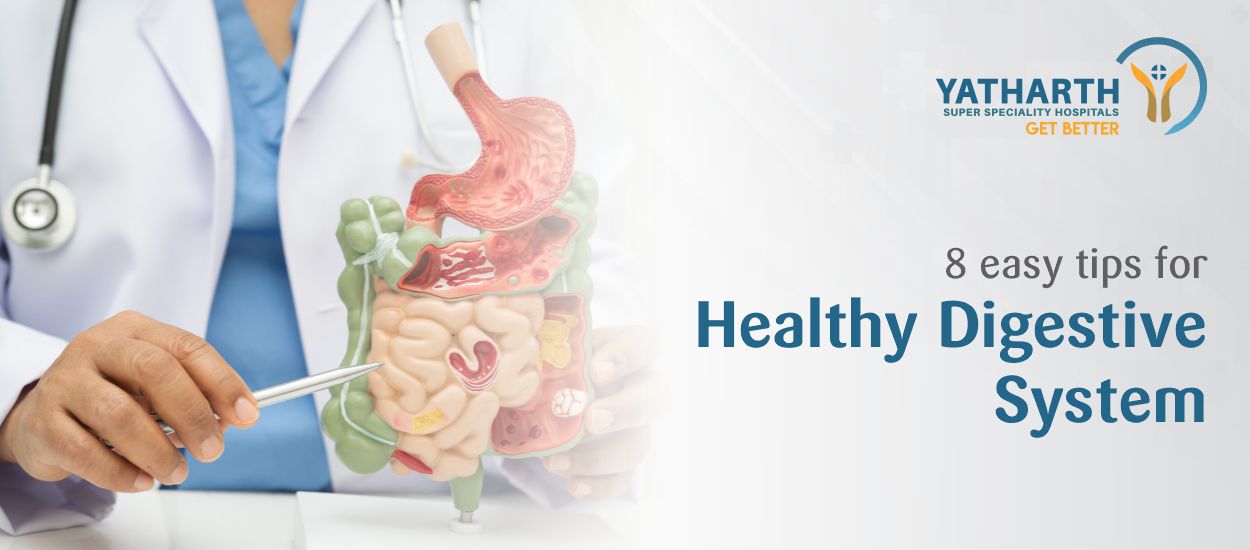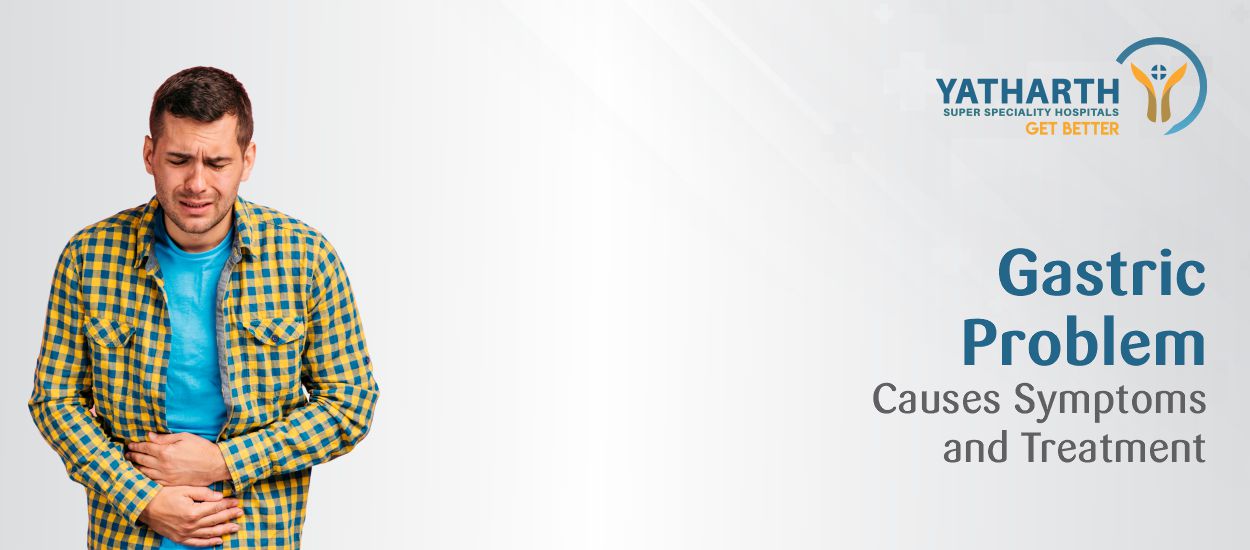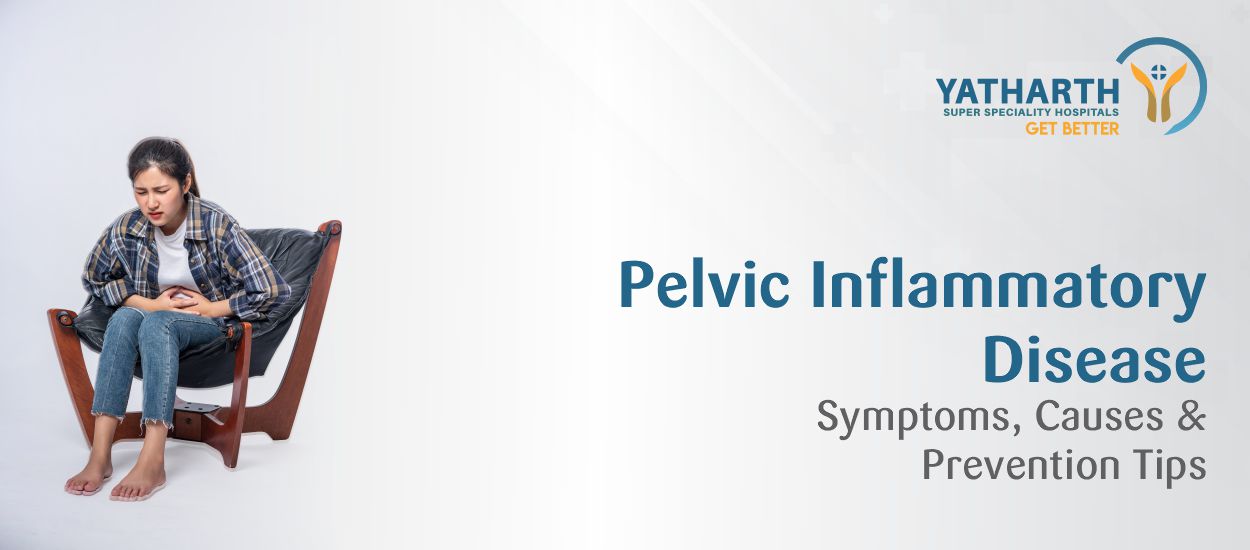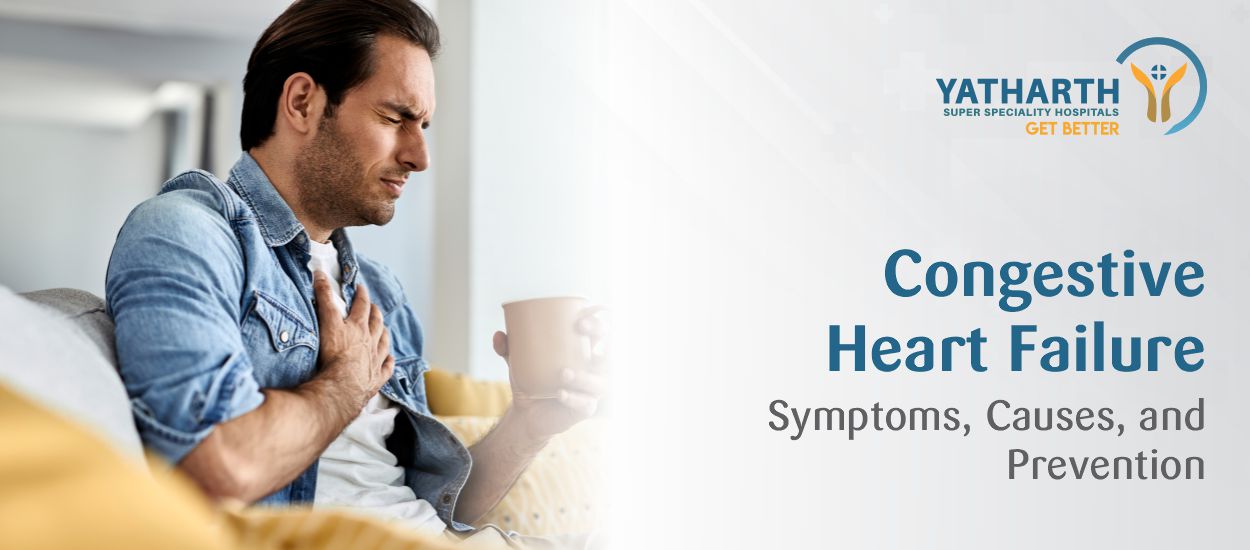An Overview
Gastroesophageal reflux disease (GERD) refers to a chronic digestive disorder in which stomach acid rises into the oesophagus (the tube connecting the mouth and stomach), triggering irritation and discomfort. While occasional acid reflux is not uncommon or a cause for concern, if these symptoms occur more than twice a week, it could indicate GERD. In the Indian population, the prevalence of GERD in the general population is projected to be 15.6%.
Lifestyle modifications and medications are the preferred remedies to treat this condition. The first line of treatment is anti-acid medications, generally a proton pump inhibitor. Although well-tolerated by most people, complications could arise with long-term use. However, long-term relief may not materialise in every case. For people who do not respond to medications or seek to avoid their long-term use, and don’t prefer surgery, advanced endoscopic treatments offer a viable alternative.
Understanding the Procedure
A novel, minimally invasive endoscopic option to treat GERD is ARMA or anti-reflux mucosal ablation. ARMA creates an artificial ulcer or scar formation via ablation at the level between the food pipe and stomach, thereby shrinking it. Herein, the anti-reflux action is usually seen a month or two after the procedure when the scarring process ends after the artificial ulcer has healed.
In simple terms, ARMA is done by modifying the gastro-oesophageal junction, which is the area where the oesophagus and stomach meet. Ablation works by creating controlled scar formation that closes the gap created by the weakened lower oesophageal sphincter. The oesophageal barrier built with scar tissue limits any chance of acid reflux pushing stomach content into the oesophagus.
Unlike traditional anti-reflux surgery, it has less downtime and low risks as it is minimally invasive. As per a short-term study in Japan, ARMA can resolve acid reflux symptoms, improve the quality of life, limit or eliminate drug use and lower acid exposure in chronic GERD patients.
Benefits, Eligibility and Outcome
There are multiple benefits to choosing ARMA. As an ablation treatment, no surgery or implant is required. As it’s a minimally invasive procedure, it is completed within approximately 30 minutes. Although ARMA may need to be repeated in some cases, most patients benefit from a one-time procedure. Further, no major complications arise with ARMA. Also, it usually requires just one day of hospitalization.
Typically, ARMA is done with advanced techniques such as argon plasma coagulation or spray coagulation. These techniques are used widely for endoscopic interventions as they effectively remove mucosal tissue without the need for an invasive surgical procedure.
Nevertheless, patient selection is crucial to ensure the success of ARMA. Ideal candidates are those who don’t respond well to medications to control GERD symptoms and have a nearly or partially normal structure.
Additionally, patients eligible for ARMA include those who:
• Wish to avoid the long-term use of medications.
• Have oesophageal or extra-oesophageal GERD complications.
• Have hiatal hernia.
• Experience refractory GERD after abdominal surgery.
Significantly, ARMA remains accessible to people in low-resource countries or environments. However, since ARMA is a comparatively new treatment, its long-term efficacy will only be substantiated some years down the line.
